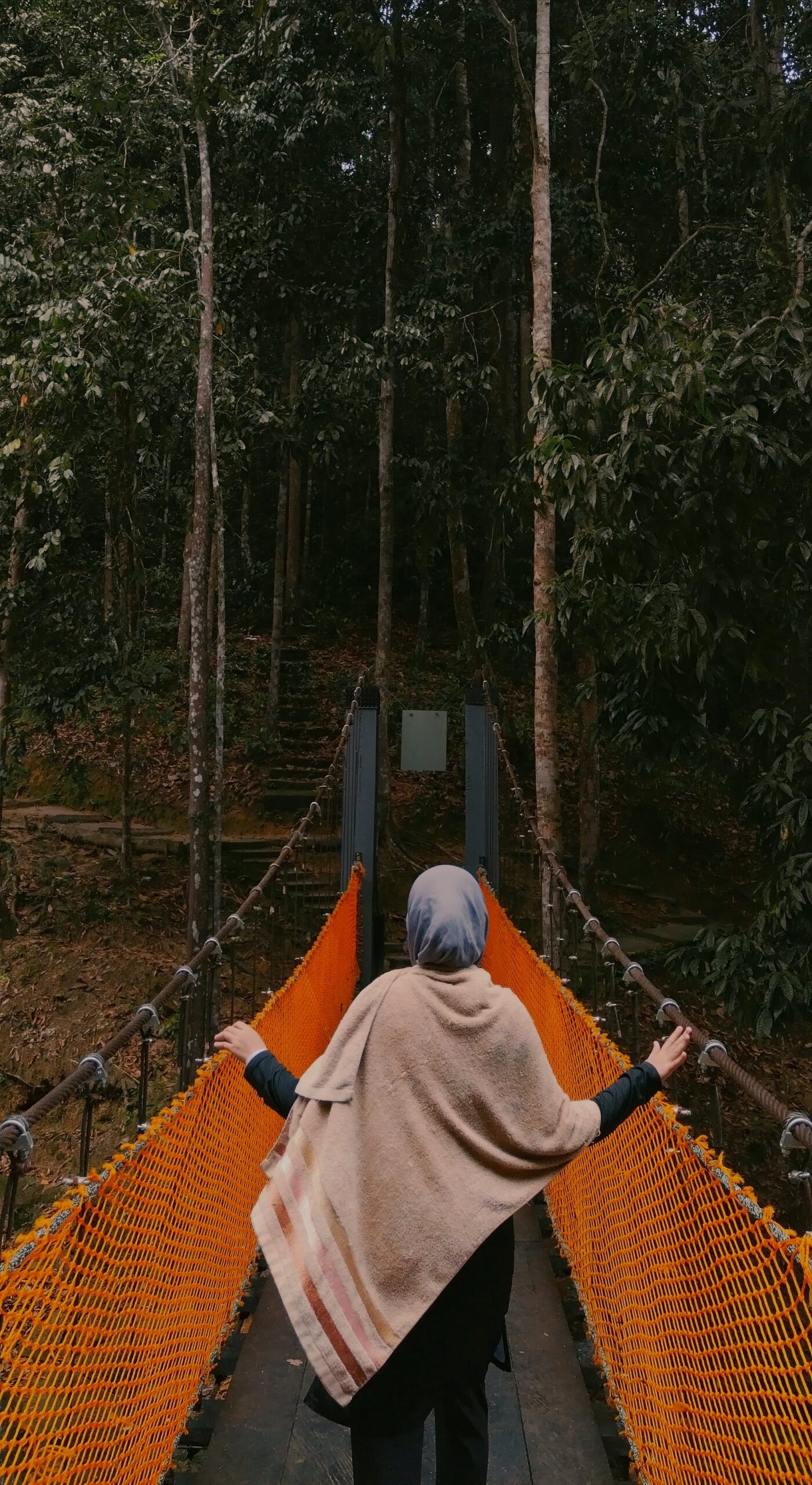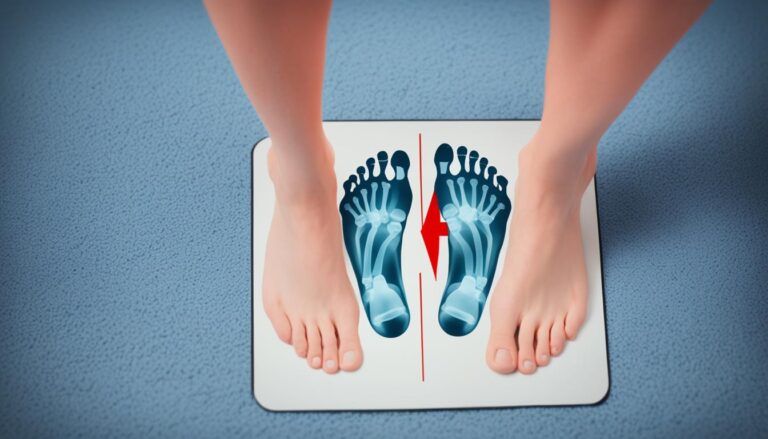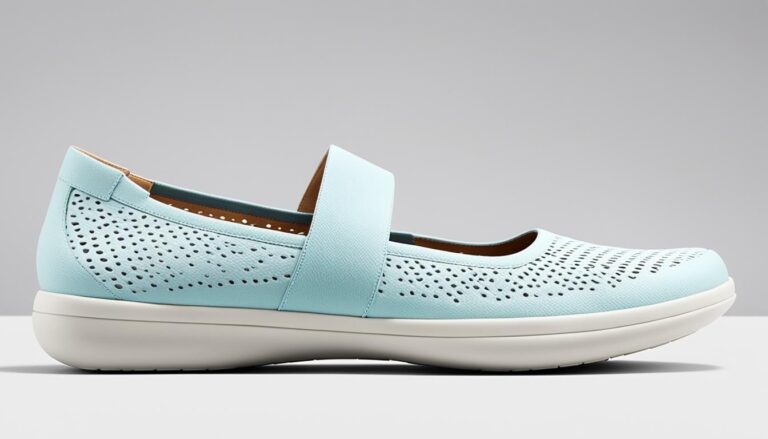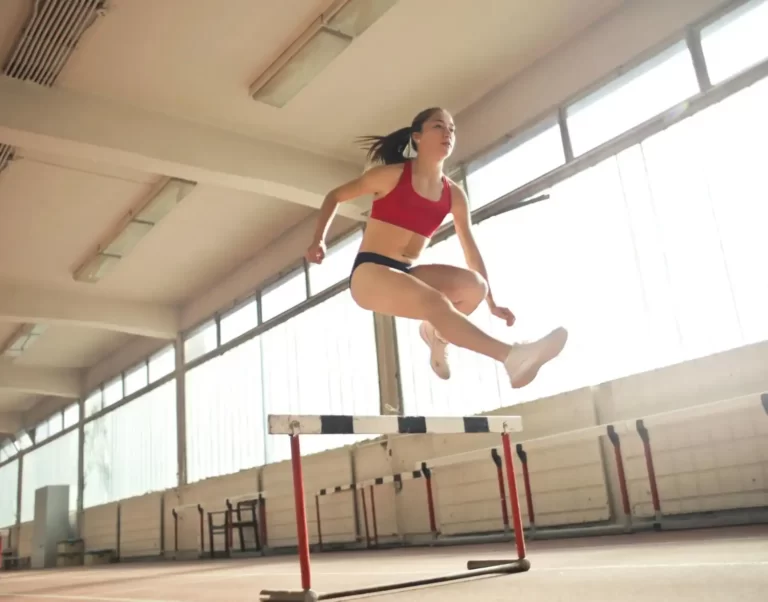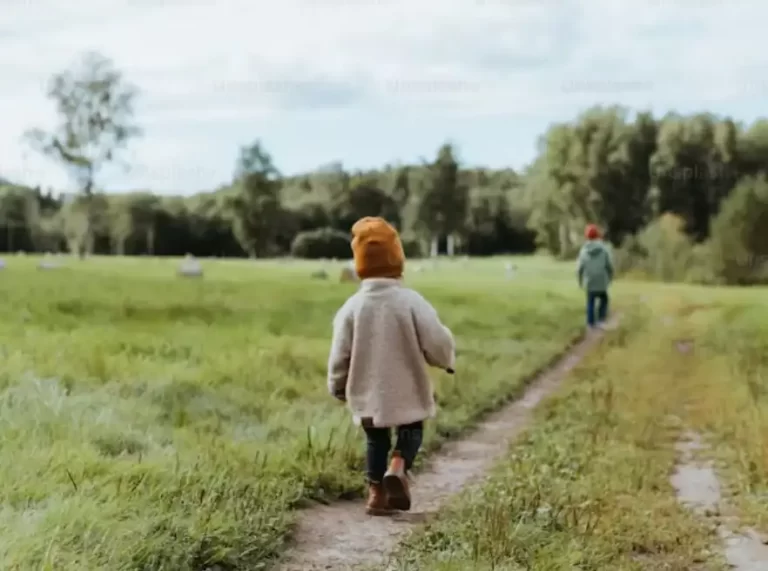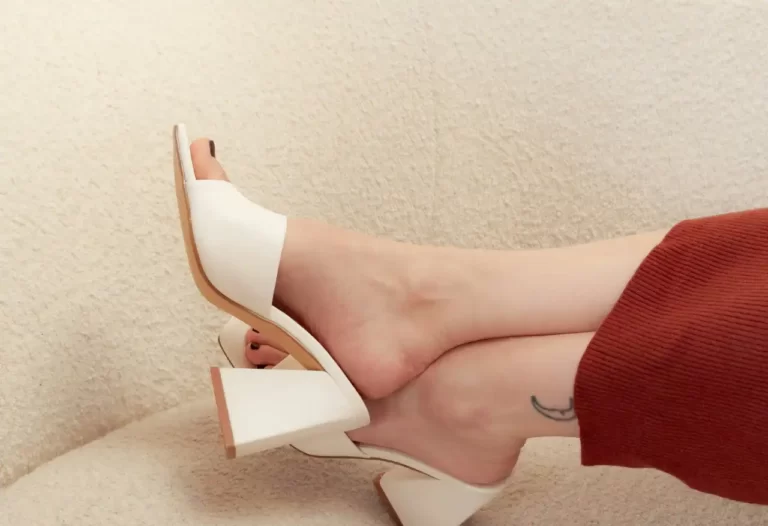Give Your Feet a Break: The Truth About Barefoot Arch Support
Introduction to Barefoot Arch Support
Going barefoot or wearing minimalist shoes has risen in popularity in recent years as a way to strengthen foot muscles and arches. The term “barefoot arch support” refers to allowing your arches to gain strength by using them sans arch support. The idea is that going barefoot strengthens your foot muscles. This can provide arch support instead of the rigid arch support built into shoes.
Supporters of barefoot activities think that arch support in regular shoes weakens foot muscles. They do not have to work as hard. Over time, this can lead to problems like flat feet or plantar fasciitis. Going barefoot forces your feet to activate muscles to stabilize your step, which strengthens the arches. It trains your feet to operate as nature intended.
Transitioning to barefoot activities takes time as the foot muscles need to be strengthened gradually. It is ideal to start by going barefoot at home, then trying barefoot walks or runs on soft surfaces like grass or sand. Gradually increase the intensity and duration. Minimalist shoes have thin, flexible soles. They allow you to ease into barefoot activities while protecting feet from the elements. They still require the foot to work while providing some protection.
Critics argue that people with flat feet or other foot issues may need arch support for foot health. They say biomechanics make barefoot activities risky for some. There is also no definitive research proving health benefits of barefoot activities. As with any major change in activity, it’s wise to consult your doctor before ditching your shoes completely.
Anatomy of the Foot Arch
The foot arch is a network of bones, ligaments, tendons, and muscles. They work together to give the arch structure, balance, and shock absorption. There are three arches in the foot:
- Medial longitudinal arch – This runs along the inside of the foot from the heel to the ball. It helps absorb shock and provides balance.
- Lateral longitudinal arch – This runs along the outside of the foot from the heel to the ball. It provides stability.
- Transverse arch – This runs across the foot, from side to side. It allows the foot to adapt to uneven terrain.
The main parts that make up the foot arch include:
- Bones – The arch is formed by the calcaneus (heel bone), talus, navicular, cuneiform and metatarsal bones. They create the structure.
- Ligaments – Tough bands of connective tissue that connect and stabilize bones. Main ligaments are the plantar fascia and spring ligament.
- Tendons – Fibrous tissues that connect muscles to bones. Main one is the posterior tibial tendon which helps support the arch.
- Muscles – There are numerous small muscles in the foot that control motion and stabilize the arch.
The main function of the foot arch is to absorb shock, provide balance and allow the foot to adapt to different surfaces. Those with high arches have a large space between the floor and their arch when standing. This can cause strain and impact on the feet. People with low or flat arches have little space which can cause overpronation and instability.
Benefits of Strengthening Foot Arches
Strengthening the arches of your feet through barefoot activities or exercises has several benefits:
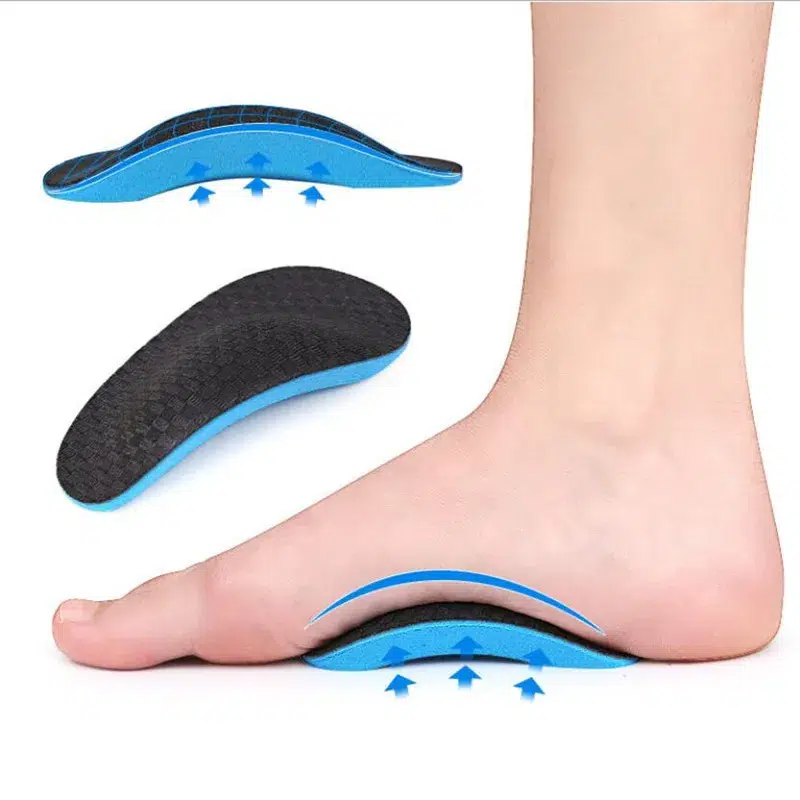
- Improved stability and balance: Strong arches act as the foundation for standing, walking and running. They provide stability by distributing your body weight across the entire foot. Weak arches can lead to poor balance as weight becomes concentrated in the flat portion of the foot. Strengthening exercises improve arch muscles and tendons, restoring stability.
- Increased force distribution: The arch acts as a natural shock absorber. In a normal foot, the arch collapses slightly upon weight bearing to distribute forces. Weak arches allow too much collapse, overloading the ball and heel of the foot. Building arch strength enables better distribution of forces across the entire foot.
- Injury prevention: Weak arches are linked to foot pain and injuries like plantar fasciitis. The plantar fascia ligament supports the arch. Overstretched from weak arches, it becomes irritated and inflamed. Strengthening exercises protect the plantar fascia by improving arch support and stability. This helps prevent many common foot problems.
In summary, strong arches provide stability, shock absorption, and support. They are needed for better balance, comfort, and injury prevention. Barefoot activities, like short walks, calf raises, and toe curls, strengthen your arches. They do this by using your feet as nature intended.
Exercises to Strengthen Arches
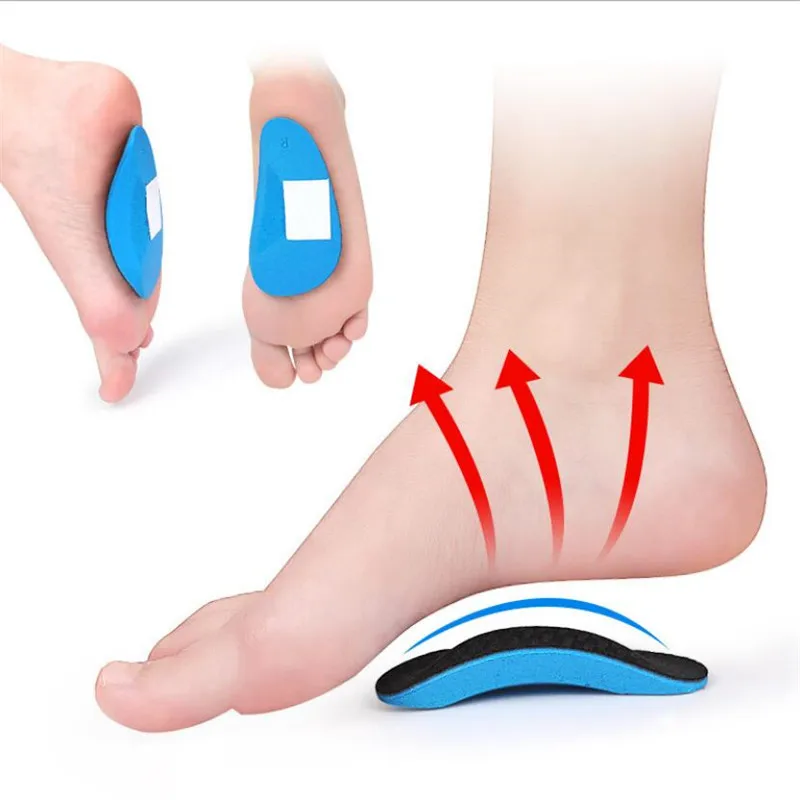
The feet contain over 30 joints, 26 bones, and over 100 muscles, tendons and ligaments that all work together to provide balance and mobility. When the arches of the feet become weak, it can lead to overpronation and injuries. Strengthening exercises can restore proper biomechanics and prevent future problems. Here are some of the best exercises to strengthen the arches:
Towel Curls
This simple exercise involves placing a towel on the floor, putting one foot on the towel, and crumpling the towel under the foot by curling the toes. Lifting the towel engages the intrinsic foot muscles. Repeat 10 times per foot. Towel curls improve grip strength and activate muscles in the foot.
Marble Pickup
Using marbles or small balls, scatter them on the floor and pick them up one by one using only the toes. Place each marble down and repeat the pickup motion using the toes. This improves toe dexterity and strengthens the small stabilizing muscles of the foot. Perform for 2-3 minutes per foot.
Toe Yoga
Sitting in a chair, place a rubber band around the toes and gently spread them apart, holding the stretch for 30 seconds. Bring toes back together and repeat several times. Also try pointing and flexing the toes with resistance from the rubber band. This boosts flexibility and range of motion.
Foot Doming
In a seated position, place a small ball under the arch of one foot. Press down into the ball to dome the foot without letting the toes curl under. Hold for 5 seconds then relax. Repeat 10 times per foot. Foot doming activates the arch muscles to provide dynamic support.
Doing these exercises daily can retrain the foot muscles. It will create properly functioning arches for balance, shock absorption, and propulsion. Strong and flexible feet prevent overpronation and reduce the risk of injuries.
Everyday Habits for Arch Support
Supporting your arches doesn’t require drastic changes. Incorporating some simple habits into your daily routine can strengthen your feet over time. Here are some easy ways to promote arch health every day:
Proper Footwear
- Wear shoes that allow your feet to move and flex naturally. Look for minimal, flexible soles that don’t overly restrict foot motion.
- Avoid shoes with arch support built into the soles. This weakens your foot muscles rather than strengthening them.
- Try going barefoot at home to give your feet a break from shoes whenever possible.
Stretch Calves and Hamstrings
- Tight calf muscles contribute to fallen arches. Stretch your calves throughout the day.
- The hamstrings also influence arch function. Make sure to stretch the backs of your legs.
Massage Foot Muscles
- Roll a tennis ball underfoot to massage the plantar fascia and other tissues.
- Try using a foam roller or massage stick on the bottom of the foot.
- Massage and mobilize ankles and toes to keep all foot structures flexible.
Barefoot Activities
Going barefoot more often, in safe environments, can help strengthen your arches and foot muscles. Some activities that are great to try barefoot include:
Walking
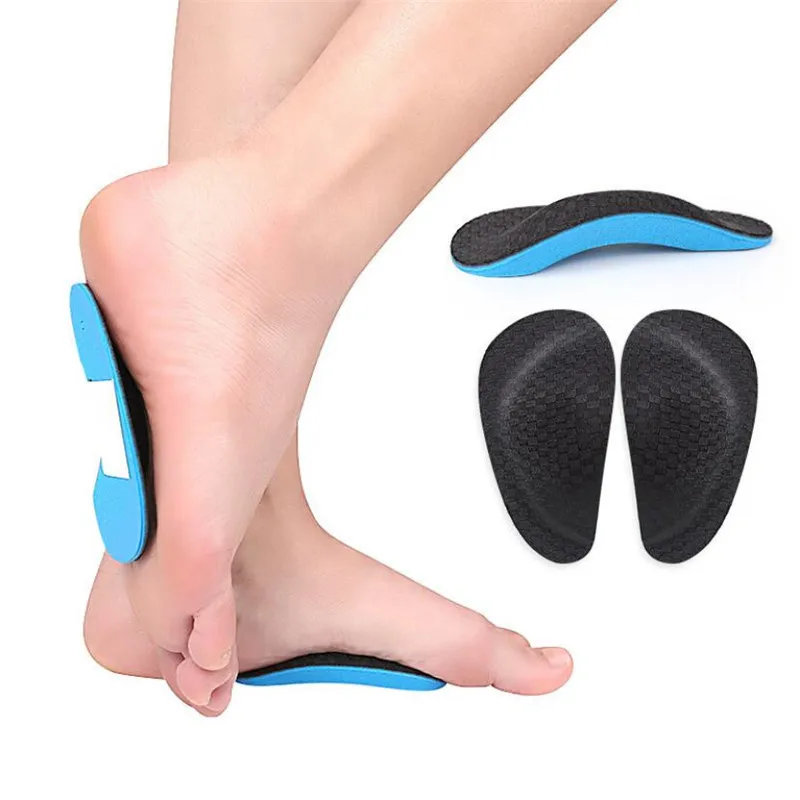
Taking a stroll barefoot on soft surfaces like grass, sand or soil allows your feet to move and flex naturally. Start slowly on short walks and gradually increase the distance. Pay attention to how your feet feel on different textures. Walking barefoot helps improve balance and proprioception.
Hiking
Hiking barefoot or in minimal shoes enables your feet to grip trail surfaces. This activates intrinsic foot muscles and improves stability. Start with easy, low-impact trails before attempting more challenging terrain barefoot. Always check for potential hazards first. Hiking barefoot can enhance sensory feedback and connection with nature.
Beach Running
Running on sand barefoot provides a gentle way to strengthen feet. The unstable surface requires greater effort from smaller stabilizing muscles. Start with short distances and soft sand. Avoid sharp shells or hard-packed wet sand. Beach running allows a full range of motion while being low-impact.
Yoga
Practicing yoga barefoot helps improve balance and body awareness. Feeling the mat beneath your feet anchors poses. Grip is also better without shoes. Start with simple standing or seated poses. Then try more advanced balance postures barefoot. Bare feet enable greater mindfulness and connection during yoga.
Going barefoot doing activities you enjoy can complement dedicated foot exercises. Gradually increase time barefoot to safely adapt and build arch strength. But always listen to your body and don’t overdo it too quickly.
Transitioning to Barefoot Running
Transitioning to barefoot running requires time, patience, and gradual adaptation. It is not recommended to suddenly start running long distances barefoot if you are used to running in supportive, cushioned shoes. The foot muscles need time to strengthen and the body needs to adapt to a different running form.
When starting barefoot running, begin by walking short distances without shoes. This will allow the foot muscles to activate and to get used to ground sensation. Slowly increase the walking distance over weeks and months. Once comfortable walking barefoot for a mile or two, you can begin to add short bursts of jogging between the walking intervals. Limit barefoot jogging to only a few minutes at first.
As the feet continue to strengthen, jog barefoot for longer and more often. Do this over several months. Avoid increasing total weekly barefoot mileage by more than 10 percent each week to allow the body to adapt safely. Proper barefoot running form emphasizes landing lightly on the front of the foot and using short, quick strides. Allow time to break old running habits and re-train your body’s muscle memory.
It is wise to continue doing some running in shoes as you transition. Shoes can be useful for longer runs where total barefoot mileage should not yet exceed what your body has adapted to. Expect the transition to take around 6 months. Then, you will reap the benefits of barefoot running while reducing injury risk. Patience and consistency will allow your feet to strengthen and your form to optimize.
Risks of Barefoot Activity
Going barefoot does carry some risks that you should be aware of before ditching shoes entirely. Here are some of the main risks and how to mitigate them:
Overuse Injuries
If you go from wearing supportive shoes all the time to suddenly walking or running barefoot, you greatly raise your risk of overuse injuries. This includes plantar fasciitis, achilles tendonitis, shin splints, and stress fractures.
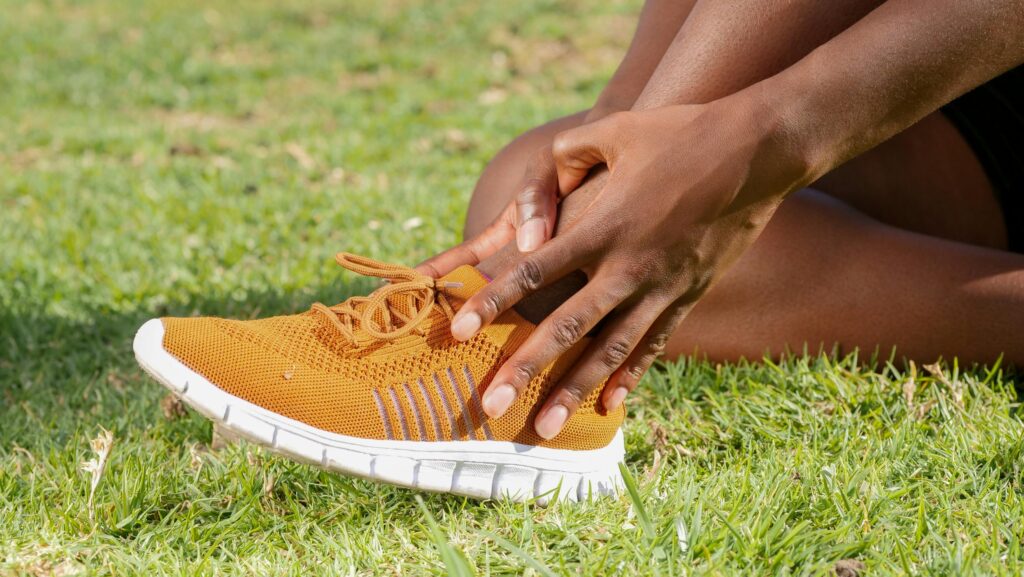
The reason is that your feet and lower legs will be using different muscles and absorbing impact in new ways. Those tissues need time to strengthen and adapt.
To avoid overuse injuries:
- Ease into barefoot activities gradually over several weeks. Start with just a few minutes a day.
- Pay attention to pain signals. If something starts hurting, rest it.
- Build up distance and intensity slowly over time.
- Consider using minimalist shoes as a transition rather than going fully barefoot right away.
Puncture Wounds
Without shoes, your feet are vulnerable to getting cut, scraped, or punctured by objects on the ground. Stepping on glass, nails, thorns, shells, etc can cause painful injuries.
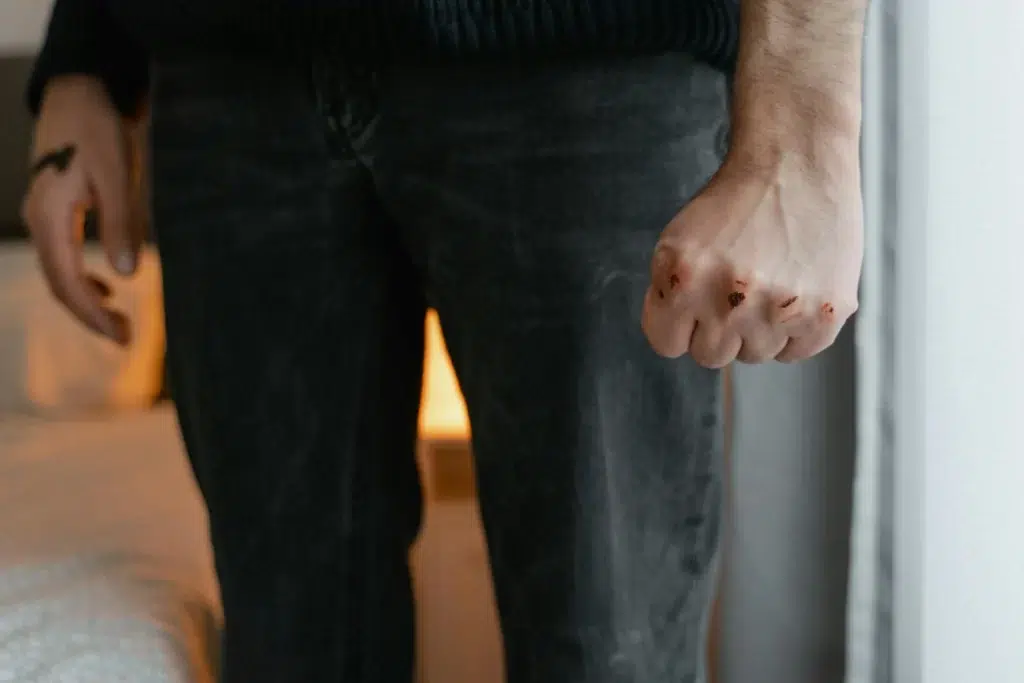
To reduce the risk:
- Scan the area before walking or running barefoot. Avoid areas with debris.
- Go slow and pay attention when barefoot, especially outdoors. Don’t get distracted.
- If you step on something sharp, clean and disinfect the wound immediately to avoid infection.
- Consider wearing minimalist shoes with thin puncture-resistant soles for outdoor activities.
Thermal Injuries
Bare feet are more prone to cold injuries or burns than shod feet. Prolonged exposure to cold can result in frostbite. Stepping on very hot surfaces like asphalt can burn your feet.
To prevent thermal injuries:
- Avoid going barefoot in extremely hot or cold conditions.
- Check surfaces before stepping on them if temperatures are very high or low.
- Limit barefoot time outdoors in temperature extremes.
- Listen to your body and go back to shoes if your feet get too cold or hot.
With the right precautions, the benefits of barefoot activity can be achieved safely by most people. Transition gradually, be attentive, and don’t overdo it. Start reaping the rewards of strong arches and feet!
Conclusion
Going barefoot or using minimalist shoes can be an effective way to strengthen the arches of your feet. The arch is a natural shock absorber. So, it’s important to keep it strong and flexible to prevent injury. Walking barefoot engages intrinsic foot muscles, improving the arch support system naturally.
This article covered the foot arch’s anatomy. It also covered the benefits of arch strengthening exercises. It also covered activities like barefoot walking and running. We discussed exercises like toe curls and using a tennis ball to massage the foot. Habits like giving feet a break from shoes whenever possible can contribute to arch health over time.
Transitioning slowly is key to building foot and lower leg strength to support barefoot activities. Listen to your body and stop if you feel pain. Consult a podiatrist if you have any concerns about your individual arch needs. While barefoot activities have benefits, they also carry some risks if done too ambitiously.
Overall, letting your feet exercise and strengthen naturally is wise. Our arches play a critical role in absorbing impact and propelling us forward. Maintaining their flexibility and power will help us continue walking, running, and playing for years to come.

